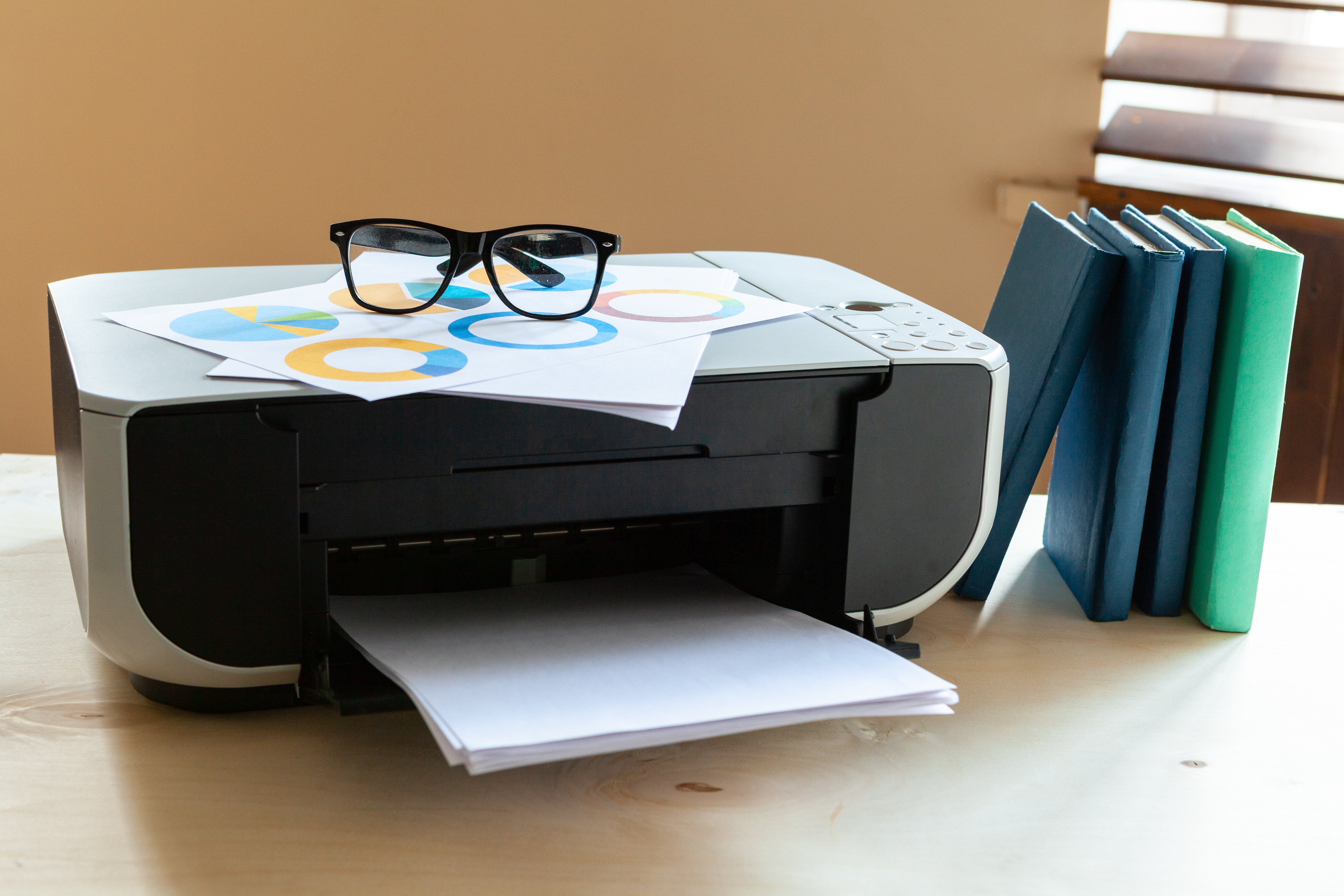1st Apr 2024
Optimizing Your Printer Settings for Superior Results
In the fast-paced world of digital communication, printers remain an essential tool for individuals and businesses alike. Whether you're producing vibrant photographs, detailed graphics, or important documents, achieving superior print results often depends on how well you understand and manipulate your printer settings. In this blog, we'll delve into the key aspects of optimizing your printer settings to unlock the full potential of your printing device.
Understanding Your Printer Settings
Printers come equipped with a variety of settings that allow users to customize their print jobs. Familiarizing yourself with these settings is crucial for obtaining optimal results. Start by accessing your printer control panel or the settings menu on your computer. Most modern printers offer a user-friendly interface that allows you to adjust settings such as resolution, paper type, and color profiles.
Choosing the Right Paper
One often overlooked but critical factor in achieving superior print quality is selecting the appropriate paper type. Different print jobs require different paper characteristics. For instance, glossy paper is ideal for photographs, while matte paper is suitable for documents. Consult your printer's manual to determine the recommended paper type for various print jobs, and ensure that the selected paper matches your intended output.
Adjusting Print Resolution
The resolution of your print job significantly impacts the clarity and detail of the final output. High-resolution prints are essential for images and graphics, while standard resolution may suffice for text documents. Experiment with different resolution settings to find the balance between print quality and speed. Keep in mind that higher resolution settings will result in larger file sizes, so consider your storage capacity when making this decision

Calibrating Color Profiles
For those seeking vibrant and accurate color reproduction, calibrating color profiles is a crucial step in the optimization process. Most printers come with default color settings, but these may not always match your preferences or the requirements of your specific project. Invest time in adjusting the color settings to achieve the desired saturation, brightness, and contrast levels. Many printers also offer color calibration tools to help you achieve accurate and consistent results.
Utilizing Print Preview
Before committing to a print job, take advantage of the print preview feature available in most printing software. This allows you to inspect the layout and appearance of your document or image before it goes to print. Print preview can help you catch potential issues such as formatting errors or incorrect color representations, saving both time and resources.
Managing Ink Levels and Cartridges
Regularly monitoring your ink levels and ensuring that your cartridges are in good condition is essential for maintaining print quality. Low ink levels can result in faded prints and uneven color distribution. Replace cartridges promptly when needed, and consider investing in high-quality, manufacturer-recommended ink for optimal results. Additionally, many printers offer cleaning and maintenance functions to keep printheads in top condition.
Balancing Speed and Quality
When optimizing your printer settings, it's important to strike a balance between print speed and print quality. While faster printing may be desirable for large volumes of documents, sacrificing too much print quality can lead to disappointing results, especially for graphics and photographs. Assess the specific requirements of each print job and adjust the settings accordingly to achieve the best compromise between speed and quality.
"Optimizing your printer settings is the key to unlocking the full potential of your printing device. Take control of your print jobs by understanding and manipulating settings such as resolution, paper type, and color profiles."
Conclusion
Achieving superior print results requires a thoughtful approach to optimizing your printer settings. From selecting the right paper type to fine-tuning color profiles, each setting plays a crucial role in determining the quality of your prints. By understanding and leveraging these settings, you can ensure that your printed materials consistently meet your expectations and leave a lasting impression. Take the time to experiment with different configurations, and soon yo u'll be enjoying the full capabilities of your printer for all your printing needs.












